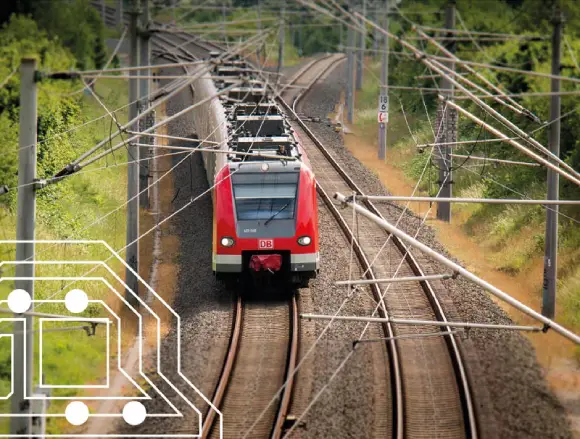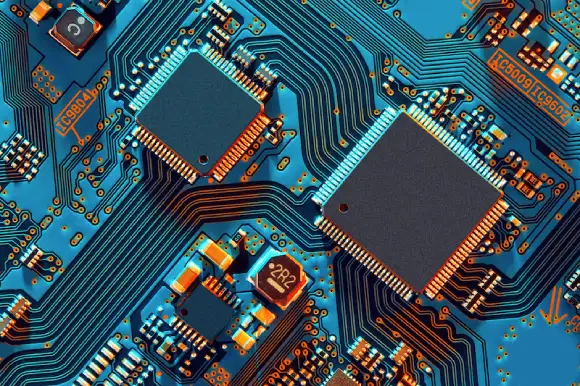
 As advances in technology drive forward, so does the prevalence of electronic design. This is notably prevalent in the transport industry. This constantly-evolving industry is frequently introducing new technological advancements that provide safer, more efficient, and more environmentally friendly options for transportation that meet the ever-changing demands of modern society.
As advances in technology drive forward, so does the prevalence of electronic design. This is notably prevalent in the transport industry. This constantly-evolving industry is frequently introducing new technological advancements that provide safer, more efficient, and more environmentally friendly options for transportation that meet the ever-changing demands of modern society.
Join us as we will take a brief look at the history of electronic design in transport and examine how it can be leveraged to enhance reliability, safety, and environmental efficiency. We’ll also discuss how DSL is in the perfect position to help you with your electronic design transport project.
A Brief Background to Electronic Design in Transport
Since the mass adoption of electricity, transport systems have been using it as a source of power. Take, for example, the tram systems of the late 1880s. This used an electric-motor to power its movement, replacing the use of horses. However, the use of electricity in transport has become more complex as new developments and technology have emerged. And alongside this the need for specialised electronic components has grown, especially those that meet the industry’s increasingly-changing requirements.
This is where electronic design comes in. This provides a customised solution for complex transport projects, where off-the-shelf components just don’t deliver what’s needed. In such a complex industry, getting the electronics right is crucial. With various types of transport – from planes to cars, boats to trains – electronic design has become increasingly sophisticated to meet the challenges and advances of the industry. Latest examples of electronic design being harnessed for the transport industry include payment via cashless systems, electronic vehicle charging points, and the proliferation of next day delivery couriers.
How Electronic Design is Used in Transport

As we’ve seen, electronic design is a key player in transport technology. But how, and what, is it exactly used for. And what benefits does it bring? Electronic design can be used across a wide range of transport projects which typically focus on these areas:
- Safety across complete transport systems
- Performance, speed and reliability
- Cost efficiency across operations and assets
- Environmental requirements
Vehicles and their components can be designed to meet the ever-changing challenging conditions across the industry, including what the above list covers. Let’s take a closer look at these and see how electronic design helps.
Safety
Safety is critical on all types of transport, both personal and public. Electronic design can level up safety measures by ensuring vehicles have guide rails built in for specific operations. For example automatic braking, door opening/closing automation, and so on. It also can be used to design electronic components that are resistant to environmental factors such as vibration, shock, and extreme temperature. Not only does this make for a more comfortable journey, this can demonstrably reduce the risks of accidents.
Performance
High performance levels are a requirement across transport, especially when it comes to customer satisfaction. From comfort to speed to reliability (across all types of weather), electronic design can dramatically improve how different transport performs. It can also ensure that vehicles and systems meet industry standards, such as the Rail Industry Association.
Cost Efficiency
Electronic design can save a great deal of money for transport companies. Custom-designed solutions can minimise maintenance requirements, in turn increasing uptime, reliability, and profitability. This has the knock on effect of reducing maintenance costs, resulting in long term cost savings for transport operators. Additionally, investing in electronic design straight away can save money otherwise spent on an off-the-shelf option that doesn’t do the job needed.
Environmental Requirements
Electronic design in transport is helping the transport industry become more environmentally conscious. It can be used to improve energy efficiency, reduce emissions, and implement the use of alternative fuels. As we have previously mentioned, the use of specialised electronic components, transport systems can become far more efficient, and therefore more environmentally friendly.
Why Partner with DSL
As we’ve discussed, the transport industry is continuously changing, and the need for advanced electronics is becoming increasingly important. Now more than ever, there’s a triple need to meet environmental and safety standards while providing an efficient service. And the best way to go about this is to invest in electronic design. And we’re ready for the job.
We provide solutions for a variety of transport types. We are committed to delivering innovative and reliable electronic design that’ll help make the transportation industry more efficient, safe, and sustainable. All whilst reducing costs for our clients. All of our design and development work is carried out in-house at our UK design centre by experts, so you can be rest assured that the best minds are on the job.
A little more on what we offer. We can provide advanced processor board design services using the latest design tools, as well as unparalleled and detailed knowledge of electronic design. Our services cover RF, analogue, digital systems engineering, prototyping, production, compliance testing and verification and obsolescence management.

